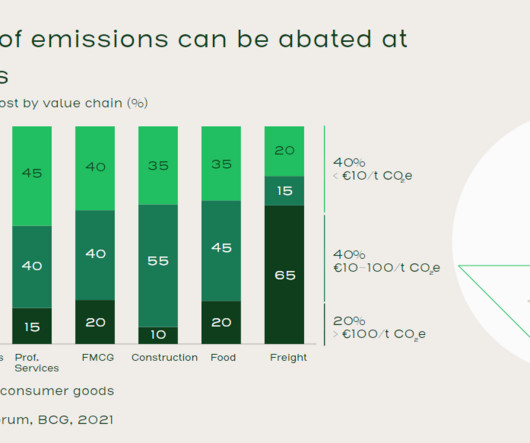How BT is Building a Connected Supply Chain Amidst Ongoing Transformation
AIMMS
OCTOBER 22, 2019
We spoke with David Mackenzie , Transformation & Inventory Director at BT, to learn more about this shift and the role AIMMS has played in enabling it. The other part of my role is supporting the inventory management functions within BT Group, driving decision-making around what we buy, when we buy, and where from.


































Let's personalize your content